Those of you just emerging from the grips of an endless winter will no doubt assume that this is a mountain of snow. But it’s not. Its a mountain of salt. Fortunately climate change hasn’t got that bad yet. The day the southern coast of Spain gets snow we will really have to worry!
Salt is one of those things we totally take for granted. Yes, we appreciate it because of the way it adds to our food but I’m not sure we appreciate it’s availability. It is actually only in the last 100 years that salt has been so cheap and so commonplace. In fact, man’s desire, or more correctly, his need for salt has played a huge role in the course of history. It has been the cause of wars, of uprisings, of the rise and fall of governments, of the development of our roads and cities, and of discovery.
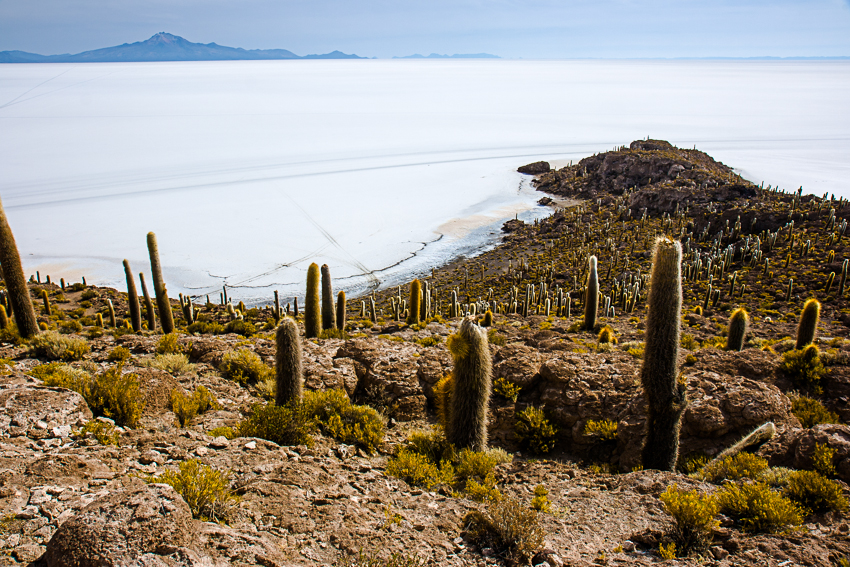
The history of salt is very simple. Animals paved the way to salt licks and man followed. Thus roads were formed and settlements established. For as long as man ate only salty game they had enough salt to survive but once cereals were introduced to the diet they needed to supplement it. What lay on the surface was not enough and the difficulty of accessing it in quantity and transporting it made salt very precious. As civilization developed, salt became one of the principal trading commodities and at some points was traded ounce for ounce with gold. Such was the demand for salt that over time the world became crisscrossed with salt routes creating the road map we know today.
Salt is essential to our diet. We can not survive without it. However, it has been used in so many other ways:to preserve food – and bodies (!) , as an antiseptic, melting ice (and slugs), and for countless religious and superstitious rites. There are an estimated 14.000 known uses. Because it has been so highly valued, governments across the globe have frequently used it as a source of tax revenue – often to their own demise. India gained independence from British rule after Gandhi led his famous Salt March protesting the law which prevented Indians from producing salt. The high tax on salt during the reign of Louis XV1 is said to have contributed to the rise of the French Revolution.
Salt is such an integral part of our history that it pops up in many common words and expressions – salad, salary, salvation, sausage, salami, to be worth one’s salt, rub salt into a wound, the salt of the earth, take it with a pinch of salt…the list goes on.
And on.
Nowadays there is no shortage of salt. It’s cheap, it’s plentiful and our concern is only not to consume too much of it. Not that it something I limit much. I just think it makes everything taste so much better. But what is with all these types of salt? Pink, grey, black, coarse, kosher, table, flaked, fleur de sel, sea, rock, pickling, smoked…Hawaiian, Himalayan… and salt blocks???. It’s pretty confusing….There are of course web sites that go into detail about these differences and more, for example Saltworks so check this out if you want to go into more depth. To be honest, the more I read the more overwhelmed I get.
Kosher salt has always puzzled me but it appears that with good reason – the name is misleading. Some kosher salt is actually certified kosher by the OU and therefore suitable for consumption by Orthodox Jews. Other kosher salt is just kosher style salt – in other words, a specific shaped flakey salt that dissolves easily and is softer and less salty that regular table salt. The name kosher comes from the fact that this variety of salt is the one most favoured for koshering meat.

Flaked sea salts, like the much loved English Maldon for example, have long been popular. They are produced by the natural evaporation of sea water which produces a brine that is heated until the pyramid shaped crystals appear. Flakes can vary considerably in size and thickness but are always light and delicate in flavour.
One of the purest – and prettiest – salts has coarse orangey pink and white crystals and is mined on the Pakistani side of the Himalayas. It is marketed as Himalayan Pink Salt and is also sold in blocks for cooking on. Its large, hard crystals can be ground to a finer powder and used for almost everything.
But the salt that takes the prize in the gourmet world is Fleur de Sel, or Flor de Sal as it is known here in on the Iberian Peninsular. True Fleur de Sel comes from Guerande in Brittany where is has a certification of authenticity (like champagne from Champagne) It is light and delicate with flaky crystals that are harvested by hand using a method dating back to the 7th century. This harvesting has to be done at exactly the right moment – when conditions are perfect for the tiniest salt crystals to form a thin lace edged crust on the surface of the salt pan and is skimmed off by hand. Fleur de Sel is slightly moist and dissolves instantly when sprinkled onto food. It should be used for finishing dishes rather than for cooking. This is literally the creme de la creme of sea salts!
Salt Ponds, Cadiz, Spain
I can’t list all the different salts that exist anymore than I can give the full and fascinating history of this indispensable mineral. I would be writing a book not a blog. All I can say is that there IS a difference between salts and it’s really worth having a variety on hand to experiment with during and after cooking. A light sprinkling on grilled meats, fish or vegetables can make a world of difference.
As for me, I am just happy to be around at a time when I have access to as much of the stuff as I want and to know it will never ever run out.
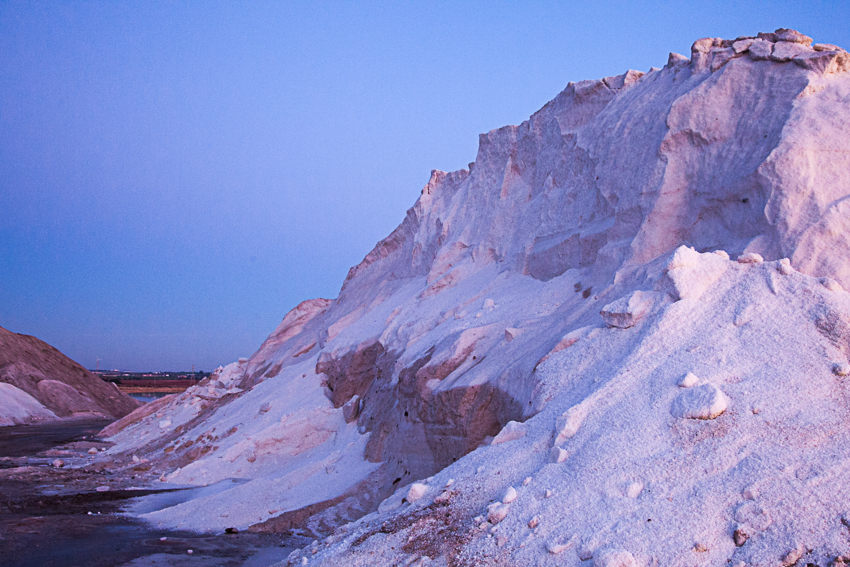
✧✧✧
For a really comprehensive study of the history of salt, try Mark Kurlansky’s book ‘Salt – A World History’. Very readable and really interesting.
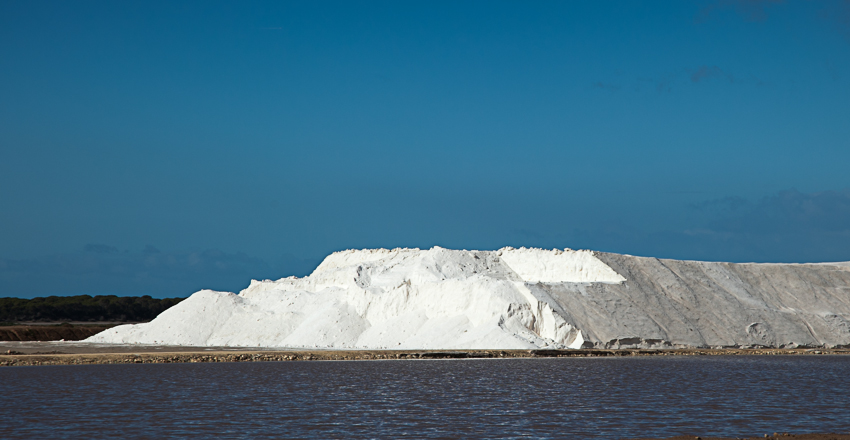
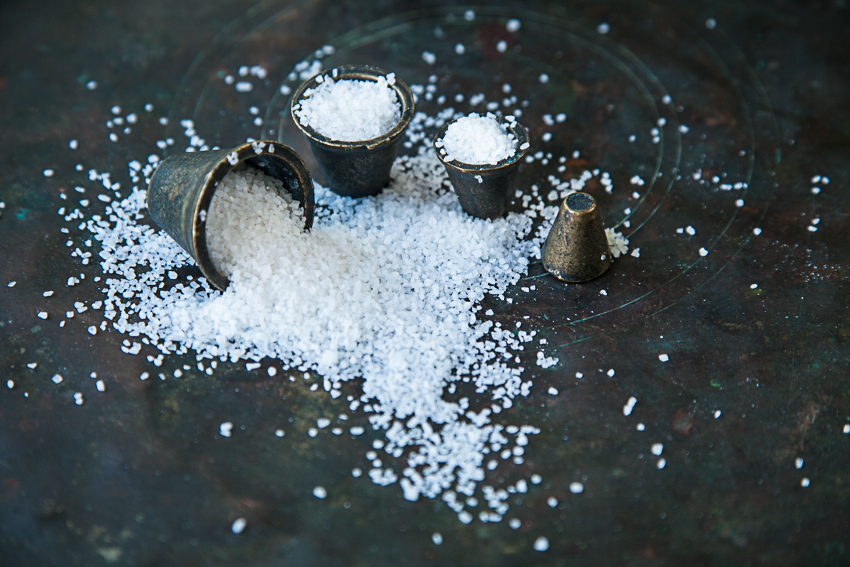
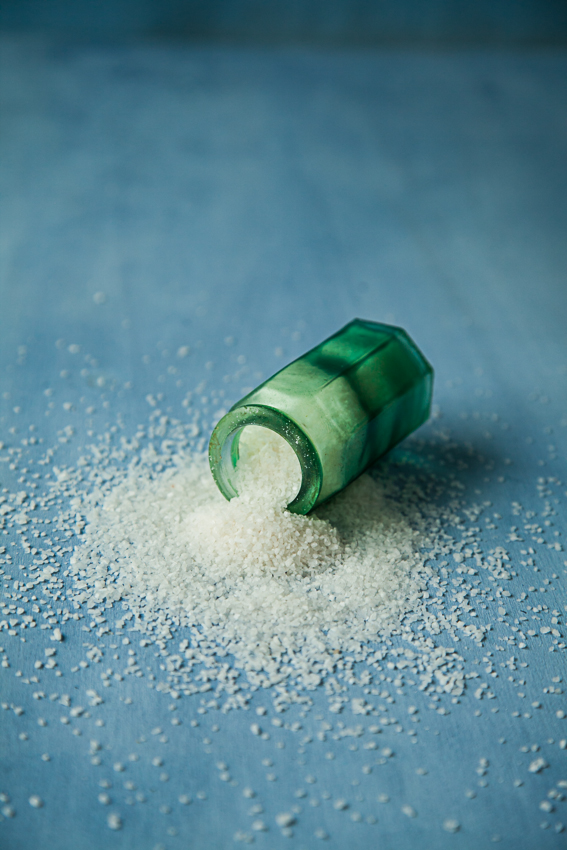
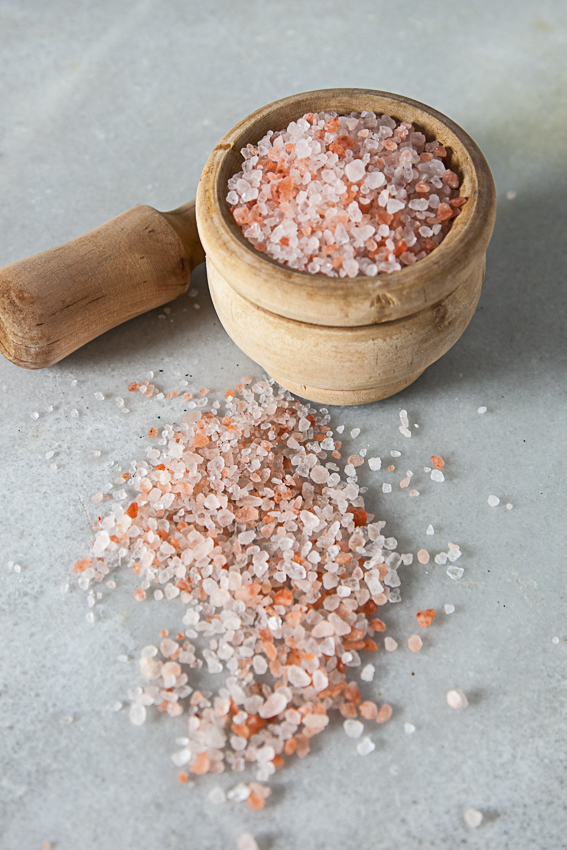
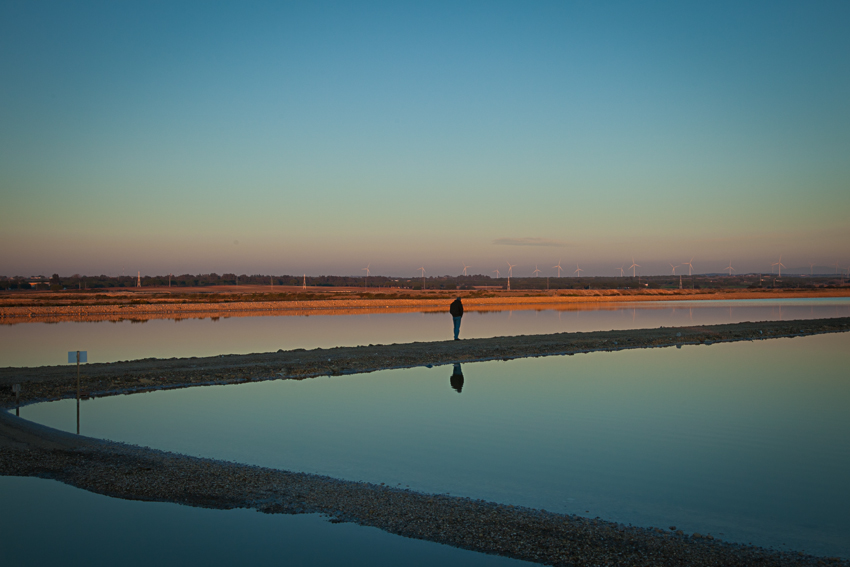
Joyce says
I love these articles Sharon – I learn something new and the photos are gorgeous!! xo
Julia Ruiz says
Excellent Sharon!!!
Congrats!
Phil says
Less colourful than the olives and ham, but a very nice post nonetheless. By the way, a friend’s brother is a producer of fleur de sel here in Brittany, so next time you’re in our neck of the woods ….
nicolas says
waow! love it.
Great topic, this year was a hard year for Salinas because of rain in South of Spain.
To have pimenton you need water. To have salt you need sun 😉
Diana jonez says
I now feel I can talk intelligently about salt! Fascinating and terrific photos, Sharon
Amelia says
I love it Sharon….
Diana Baird says
Another great post, Sharon. I find I’m always looking forward to the next one!!….
ingrid niamath says
MMMMMMM!! You know how I love salt! Beautiful Sharon.
xo
Néstor octavi says
Felicidades Sharon, por este ameno trabajo cómo siempre cargado de informaciones interesantes, es uno de mis temas favoritos, Las fotos son de suma belleza, y sabemos la dificultad que entraña fotografiar la sal. Recomiendo a todos tus blogistas una visita a las salinas. He pegado una parte del “Rincón de los mitos y leyendas” sobre salary o salarios
Salarium
Si buscamos en la RAE el significado de la palabra salario veremos que se define como “Paga o remuneración regular”. Su segunda acepción es “En especial, cantidad de dinero con que se retribuye a los trabajadores por cuentas ajena”.
Para saber cual es el origen de la palabra salario debemos remontarnos a la época del imperio romano, donde la sal era un producto muy importante. Quinientos años antes de Cristo se construyó se la vía Salaria, una calzada que iba desde las salinas de la ciudad de Ostia hasta Castrum Truentinum, en el Adriático, pasando por Roma. Los soldados que cuidaban de la via recibían parte de la paga en sal. A esta parte de la paga la llamaron Salarium Argentum, es decir, dinero de sal. Ésta vía de 242 kilómetros fue utilizada fundamentalmente por los sabinos para el comercio de la sal. Tal era su importancia que algunos historiadores se plantean si detrás de la fundación de Roma se encuentra el comercio de la sal.
La Casa Rosa says
Delicious Sharon !
Imposible to tell more in less words…
Wonderful photos from Salinas in Cadiz Bay…